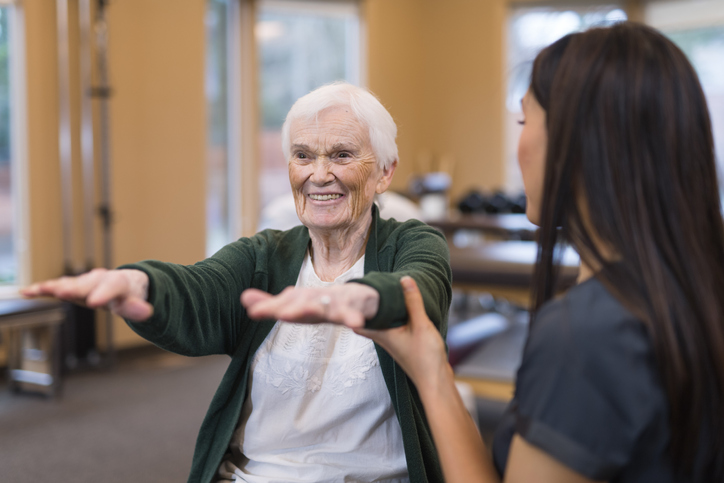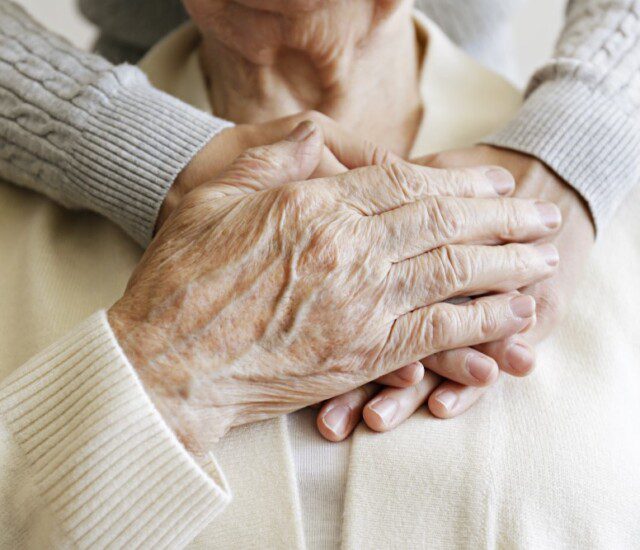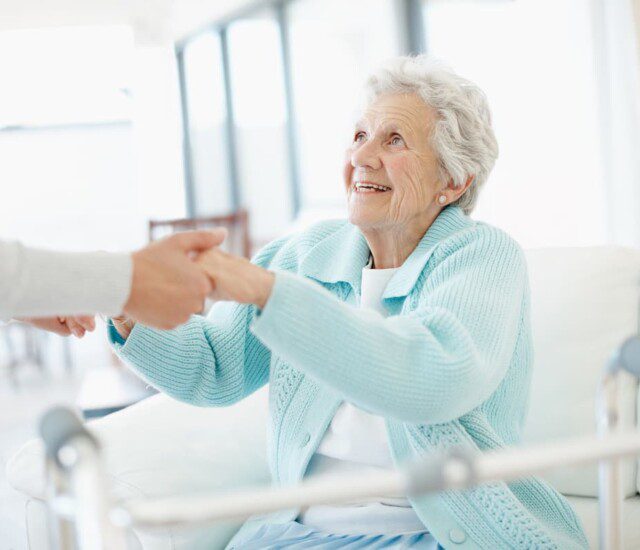When you’ve fallen as a child or young adult, more times than not, you were probably able to get up, dust yourself off and move on with your day. As an older adult, you may have more concerns about falling – and rightfully so.
As we age, even the most minor of falls can cause serious injuries – like a fractured hip or head trauma – that can threaten your health and independence. Here are some ways you can improve your balance and, in turn, lower your risk of falling injuries.
Common Causes of Falling
Various factors contribute to the increased risk of falling that we all experience as we age. This includes:
- Natural loss of muscle and bone mass caused by the aging process
- Orthostatic hypotension, or other positional blood pressure issues, which cause your blood pressure to plummet upon standing
- Taking multiple medications or ones with balance-inhibiting side effects
- Fall hazards around the home, like poor lighting and area rugs
- Problems with your feet, either caused by certain footwear or conditions, like foot drop
- Vision problems
- Chronic health conditions that result in motor function decline, pain and a sedentary lifestyle, like stroke, arthritis, heart disease or diabetes
Thankfully, many of these causes can be addressed and mitigated with a few easy adjustments.
Assess Your Fall Risk Factors
Before starting a balance improvement plan, it can be helpful to understand your current abilities and balance risk factors. At Village on the Green, we offer all residents access to VSTBalance and VirtuSense, which are automated fall-risk assessment tools that utilize artificial intelligence with machine vision to identify fall risk indicators.
The evaluation only takes a few minutes, and identifies early deficits in balance, gait and function that can be addressed by specialized treatment. Treatment plans are then created using engaging biofeedback activities.
This type of risk assessment and personalized treatment approach has been shown to:
- Reduce post-acute care falls by 73%
- Improved mobility for residents by 85%
If you do not have access to such a program, speak to a healthcare professional about possible alternatives for identifying risk factors.
Fall Prevention Strategies
Many factors can be addressed to prevent falls. This includes making your home easier to navigate as your mobility changes, creating healthy habits that contribute to improved balance and possibly adjusting your medications. Here are some suggestions for starting this process.
Optimize Your Home for Fall Prevention
Keep walking paths clutter-free – electric cords, books, low furniture, clothes, loose rugs and more can cause you to trip. Secure your carpets to the floor and don’t use small area rugs. Use night lights to keep your room well-lit in the evenings. Keep all of your important belongings within a safe reaching distance, and ask for help for those harder-to-reach items.
In addition, handrails can make navigating around the home easier. Install handrails on both sides of the stairs and place grab bars near toilets and in the shower or bathtub. Senior living communities, like Village on the Green, have many thoughtful fall prevention aids like these in place to ensure you or your loved one have navigable surroundings.
Create Healthy Habits
Weak, inflexible muscles; poor posture; gait issues and low endurance all affect your ability to balance. Exercising regularly with a well-rounded regimen of balance and strength exercises can immensely improve your balance and, in turn, lower your fall risk. You can learn balance exercises online, through in-person exercise classes or by training with a physical therapist. Be sure to talk to your doctor before starting any exercise regimen.
Tiredness can also negatively impact your balance. Get seven to nine hours of sleep per night to stay well-rested. In terms of diet, you want to eat enough protein, limit your alcohol consumption and discuss incorporating Vitamin D3 supplements into your diet with your physician, as these support good muscle strength and function.
Assess Your Medications
Speak with your doctor about the medications you’re currently taking. Some medications have side effects or interactions that can cause dizziness, muscle weakness and drowsiness, which can increase your fall risk. If you notice these side effects, notify your healthcare provider and discuss different options.
Talk To a Loved One or Professional
It’s important to keep in mind that fall prevention is a team effort. Talk through your concerns about falling with your healthcare provider. They can assess your risk and recommend certain things, like a balance training program or working with a physical therapist, to help mitigate your risk.
You also want to check your hearing and vision regularly. They play a large role in your ability to balance, and glasses and hearing aids can help you keep a good balance throughout daily activities. Your healthcare provider may also prescribe a walker and cane to give you that extra support and stability you need throughout the day.
If you are worried about your fall risk or the risk of a loved one, having straightforward, caring conversations is often the first step to fall prevention. This can shed light on how you may be able to improve safety in and around the home.
Promoting Wellness at Village on the Green
At Village on the Green, your well-being is our top priority. Our wellness programs and activities are designed to put your quality of life and health first. Ready to embark on your next adventure? Residents also get access onsite to VirtuSense and VSTBalance, a rehabilitative technology that reduces falling risks by improving balance and increasing mobility through biofeedback activities.
Contact us today to schedule a tour.


